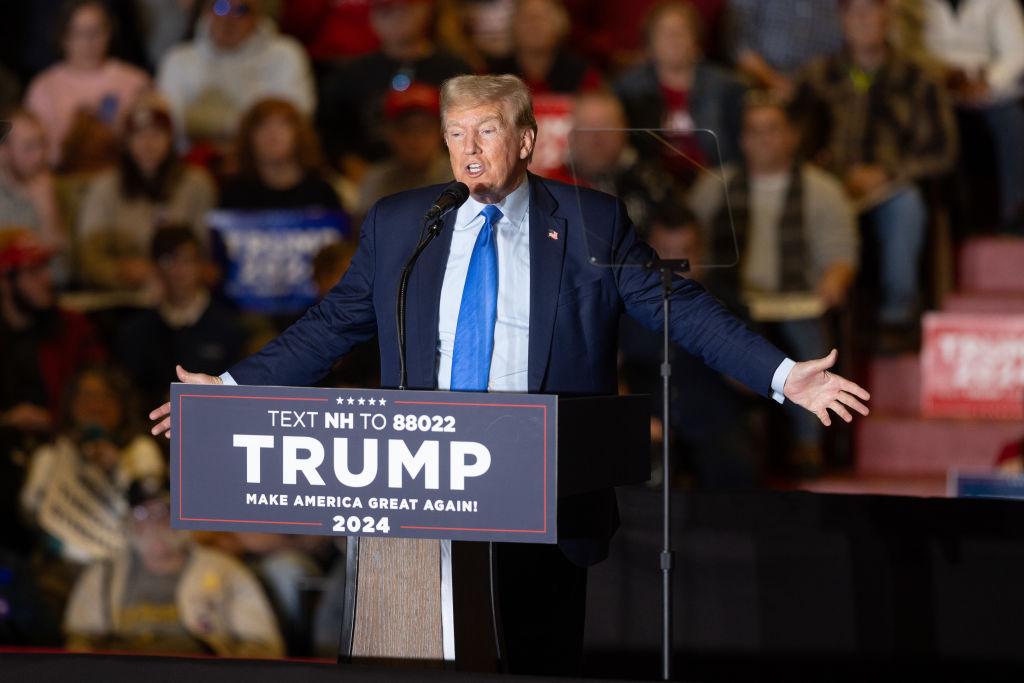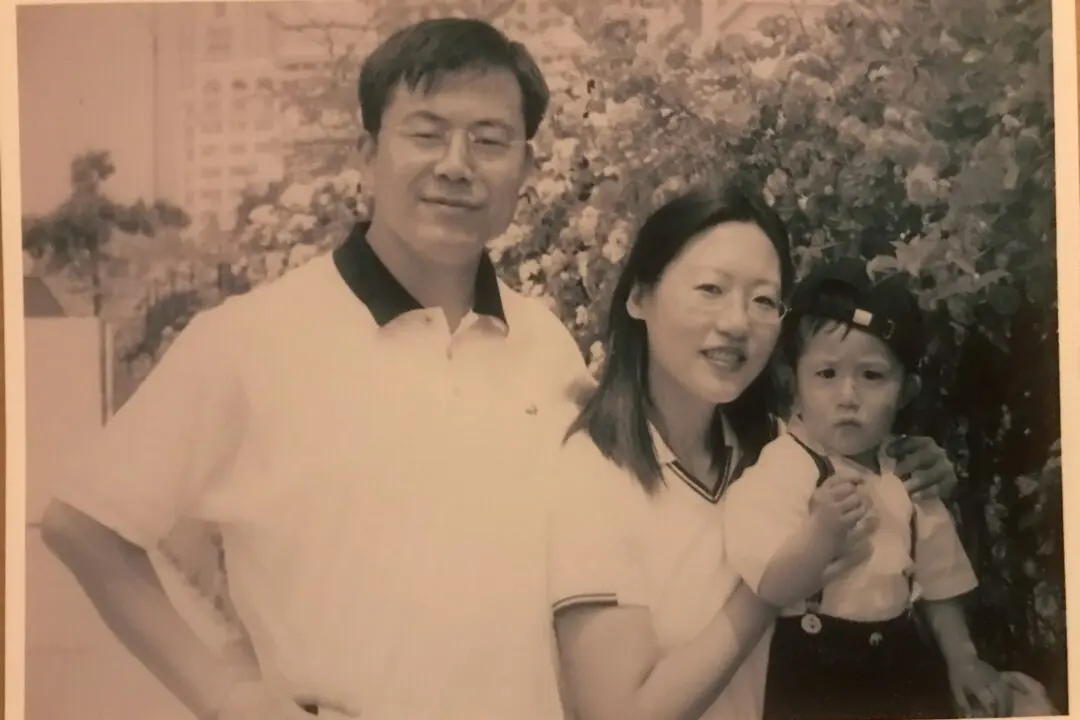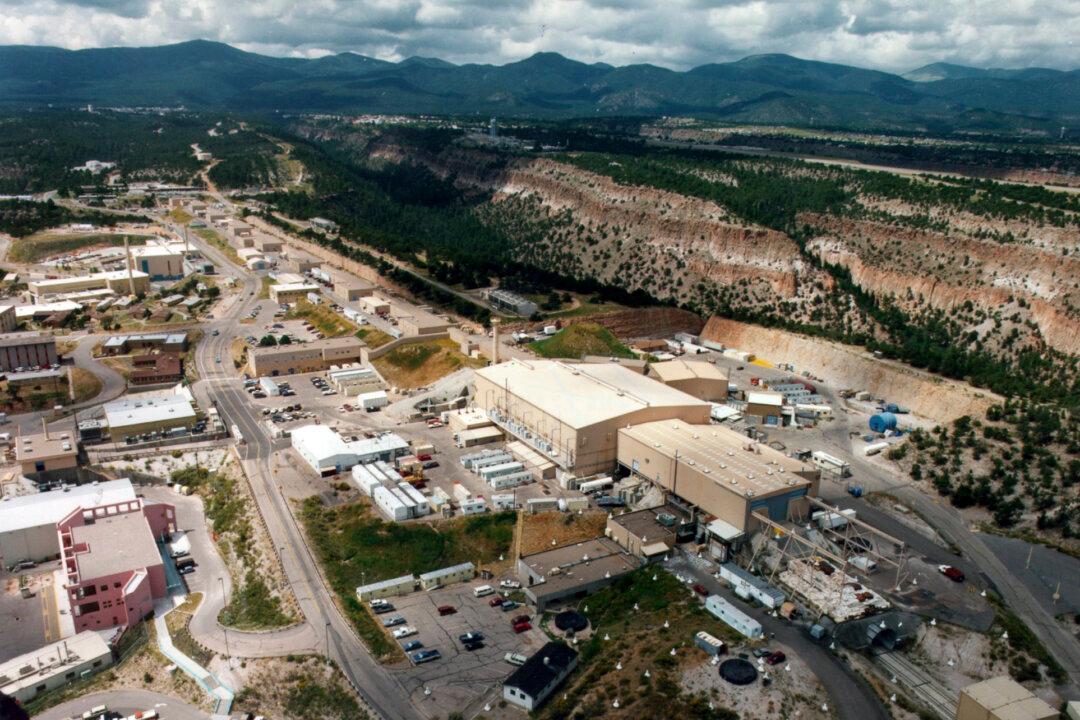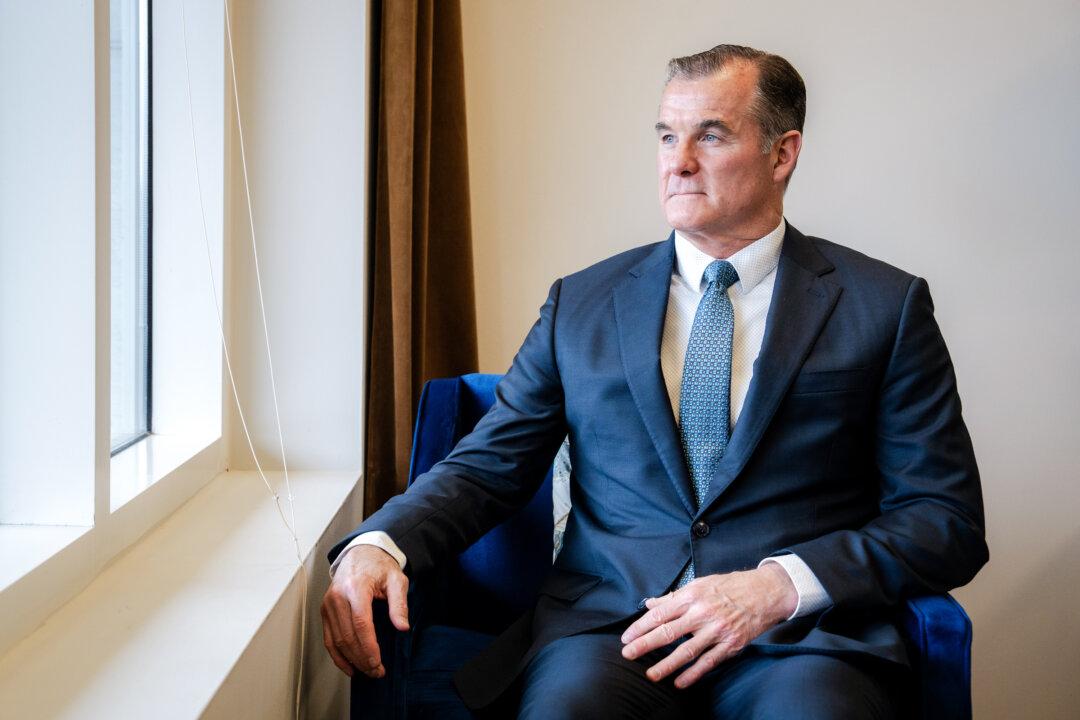The Colorado Supreme Court heard arguments on Wednesday from legal counsel for former President Donald Trump and petitioners who sought to remove him from the state primary ballot.
Both parties are seeking to appeal a decision from the lower court that ruled President Trump eligible to appear on the ballot but also found that Jan. 6, 2021, constituted an insurrection that President Trump engaged in.





